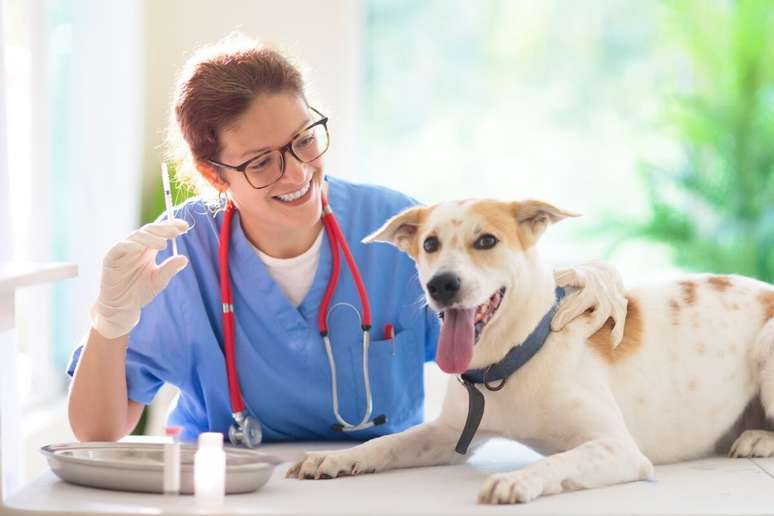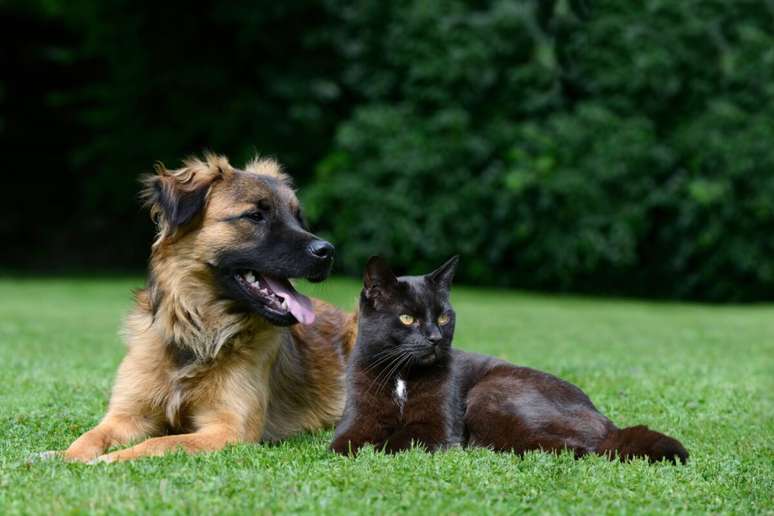Prevention through vaccination is essential to prevent dogs and cats from contracting the disease
Rabies is a serious viral disease that affects mammals, such as dogs and cats. Caused by a virus of the Lyssavirus genus, this disease attacks the central nervous system and can lead to death. It is considered a zoonosis, meaning it can be transmitted from animals to humans.
The transmission of rabies in dogs and cats occurs mainly through the bite of an infected animal, since the rabies virus is present in the saliva. In addition to bites, contact of saliva with open wounds, mucous membranes or scratches can also spread the disease.
Wild animals, such as bats and foxes, as well as unvaccinated dogs and cats, are the main transmitters of the condition to other domestic animals.
Symptoms of rabies in animals
Mariana Albiero, professor of the Veterinary Medicine course at the Faculdade Anhanguera, points out that the signs of rabies in animals can vary, but some common symptoms include drastic changes in behavior, such as a normally docile animal becoming becoming aggressive or irritable for no apparent reason. Additionally, they may be hypersensitive to stimuli, overreact to sounds, touch, or light, and exhibit tremors or muscle spasms.
Coordination difficulties are also an important sign. “The rabies virus can cause unsteady gait and disorientation. Loss of appetite and difficulty swallowing food and water are common, often accompanied by paralysis of the throat, which makes swallowing difficult,” explains the professional.
As the vet explains, like the the disease progressesparalysis may occur, starting in the jaw and progressing to other parts of the animal’s body. “Excessive salivation is another sign to watch out for, caused by difficulty closing your mouth and swallowing,” he says. In more severe stages, rabies can cause severe agitation and seizures, requiring immediate veterinary care.

Rabies treatment and prevention
Treatment of rabies in dogs and cats is quite limited, as once symptoms appear, the disease is virtually fatal in both humans and animals. Therefore, prevention is the best way to protect pets and prevent the spread of the disease.
THE rabies vaccinationwhich must be carried out annually, is essential for the health of dogs and cats, as well as helping to protect the community. This is because it not only prevents infection in animals, but also reduces the risk of epidemics. Additionally, many places require the vaccine as part of public health legislation.
By Bianca Lodi Rieg
Source: Terra
Ben Stock is a lifestyle journalist and author at Gossipify. He writes about topics such as health, wellness, travel, food and home decor. He provides practical advice and inspiration to improve well-being, keeps readers up to date with latest lifestyle news and trends, known for his engaging writing style, in-depth analysis and unique perspectives.



-us313tb3t2yb.jpg)


![Everything for pre -light: What awaits you on Tuesday 1, 2025, on Tuesday, 12 episodes [SPOILERS] Everything for pre -light: What awaits you on Tuesday 1, 2025, on Tuesday, 12 episodes [SPOILERS]](https://fr.web.img4.acsta.net/img/84/df/84df3eff378d0531e3675116b74e5575.jpg)


